New photos show extent of damage from Yellowstone floods
Some sections of road leading into the park may need to be rebuilt in new locations, the park service said
A new set of photos released by the National Parks Service (NPS) shows just how much damage this week’s flooding has caused in Yellowstone.
As of Thursday, the water level had started to drop, but extensive damage to roads and buildings was left behind in its wake.
Many of the newly released photos show serious damage on the park’s North Entrance road leading to Gardiner, Montana. Parts of the road were completely washed into the Gardner River, which runs alongside it, leaving just chunks of isolated asphalt in between parts of the riverbank.
NPS has said that some parts of the road may need to be relocated and will take a long time to rebuild. The road “will likely not be reconstructed in the same corridor as the previous road”, they add.
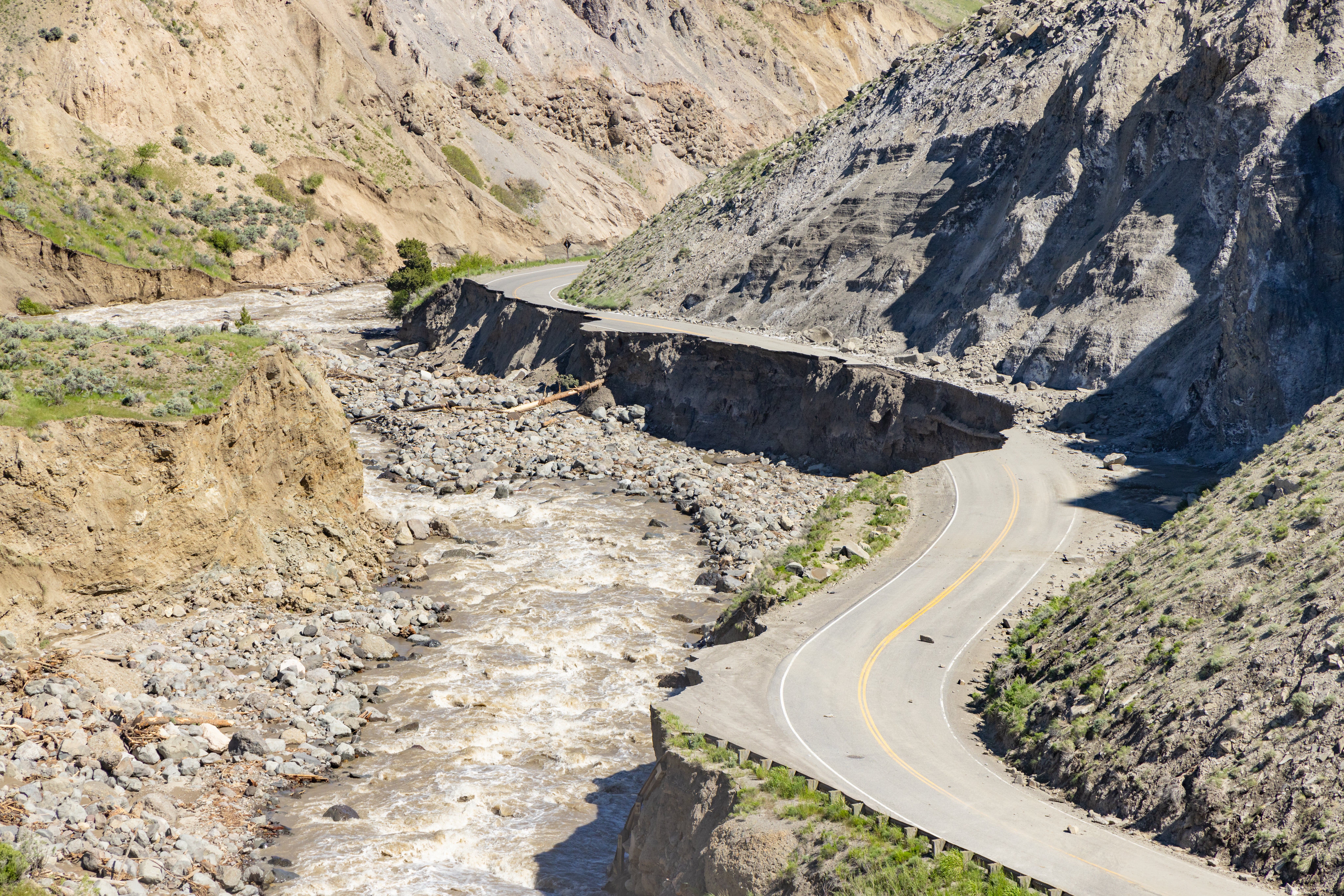
The Northeast Entrance road also seemed to suffer some damage.
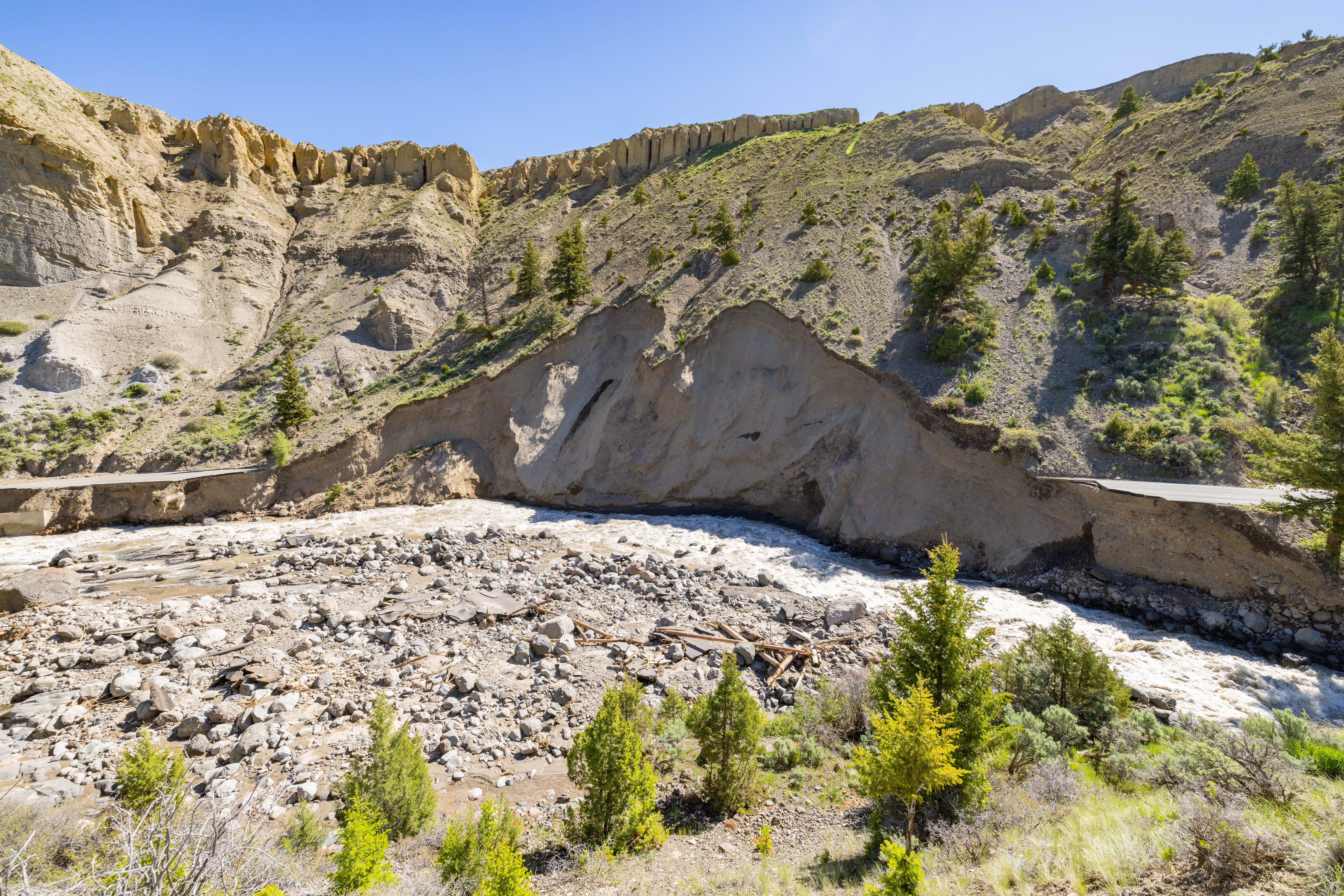
All entrances to Yellowstone, which is located in the northwest corner of Wyoming and nearby areas of Montana and Idaho, are currently closed. However, park officials hope to reopen three entrances to the southern end of the park next week. Areas to the south sustained less damage overall than the northern regions.
Some repairs have already been underway, such as restoring power to the park and reopening Highway 89 out of Gardiner, the park service said.
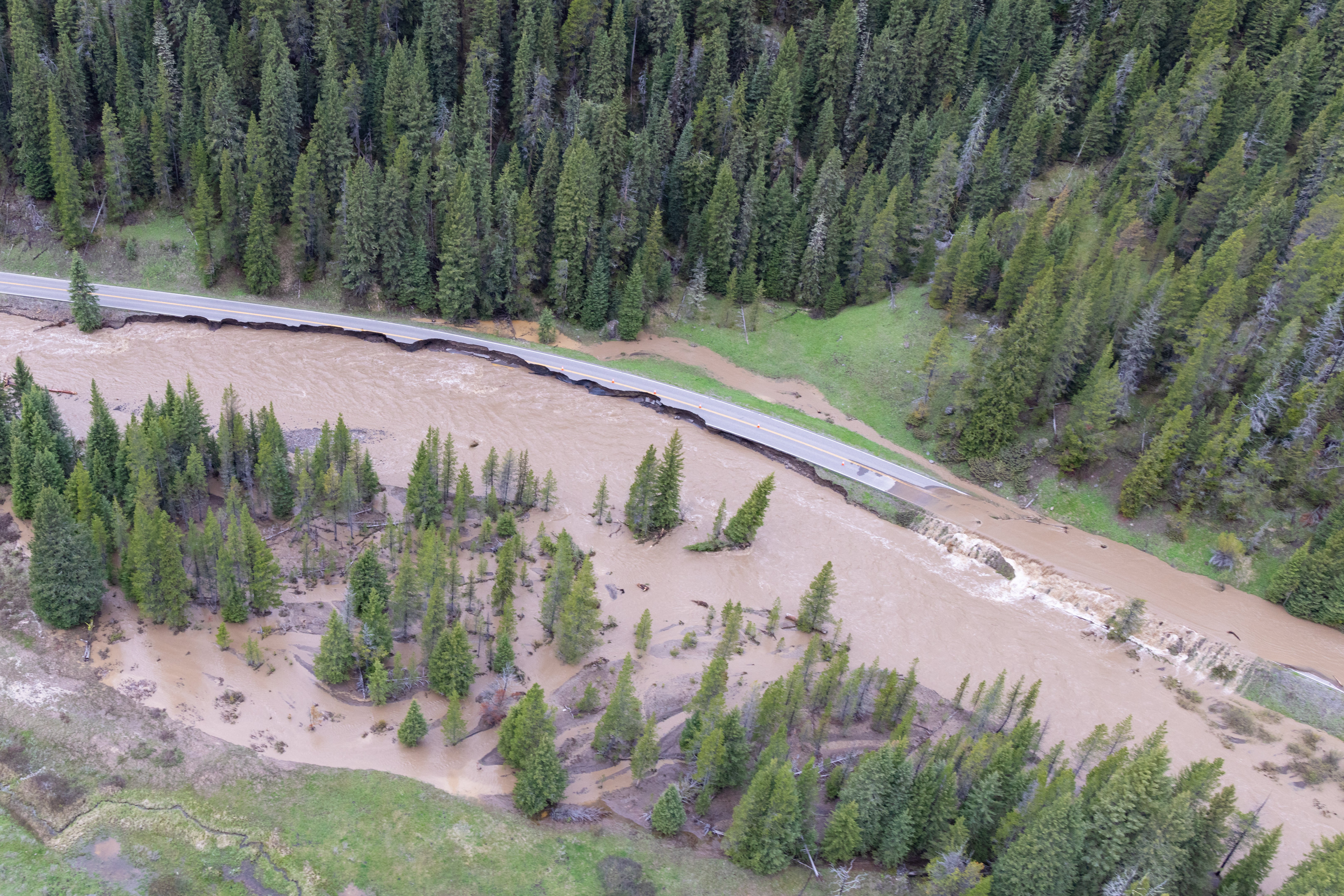
“We have made tremendous progress in a very short amount of time but have long way to go,” Yellowstone superintendent Cam Sholly said in a statement.
He added that “all emergency and life safety objectives” in the park had been reached within 96 hours without any major injuries or deaths – and that they have an “aggressive” recovery plan.
Yellowstone National Park and nearby areas flooded early this week after intense rainfall over a few days coupled with rapid snowmelt spurred by warm temperatures in the mountains.
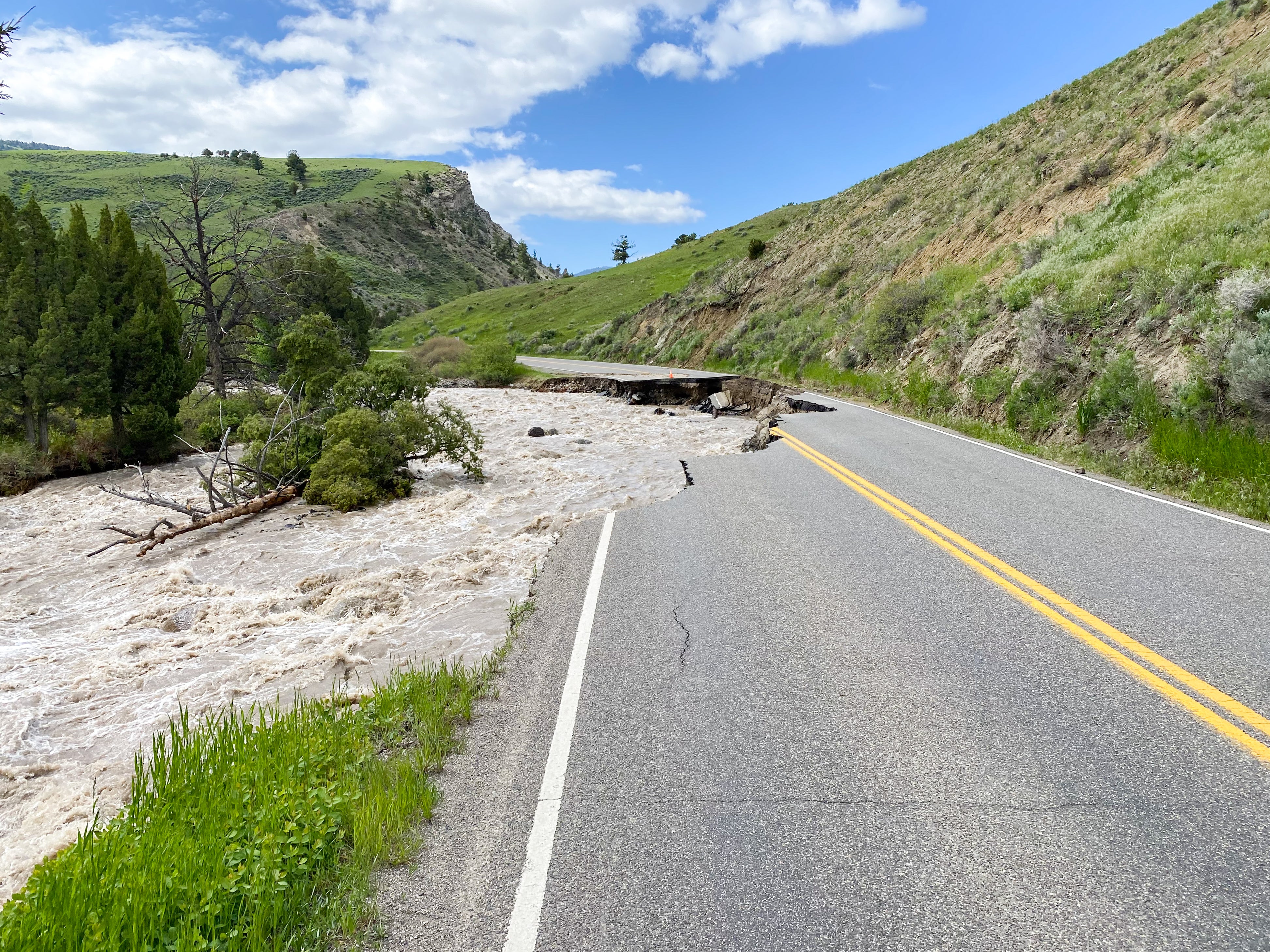
Visitors had to be evacuated as nearby towns fended off floodwaters, in a dramatic challenge to the nation’s oldest national park.
The damage comes just as the summer begins, when millions of people visit Yellowstone to see geological features like geysers and wildlife such as bison and bears.
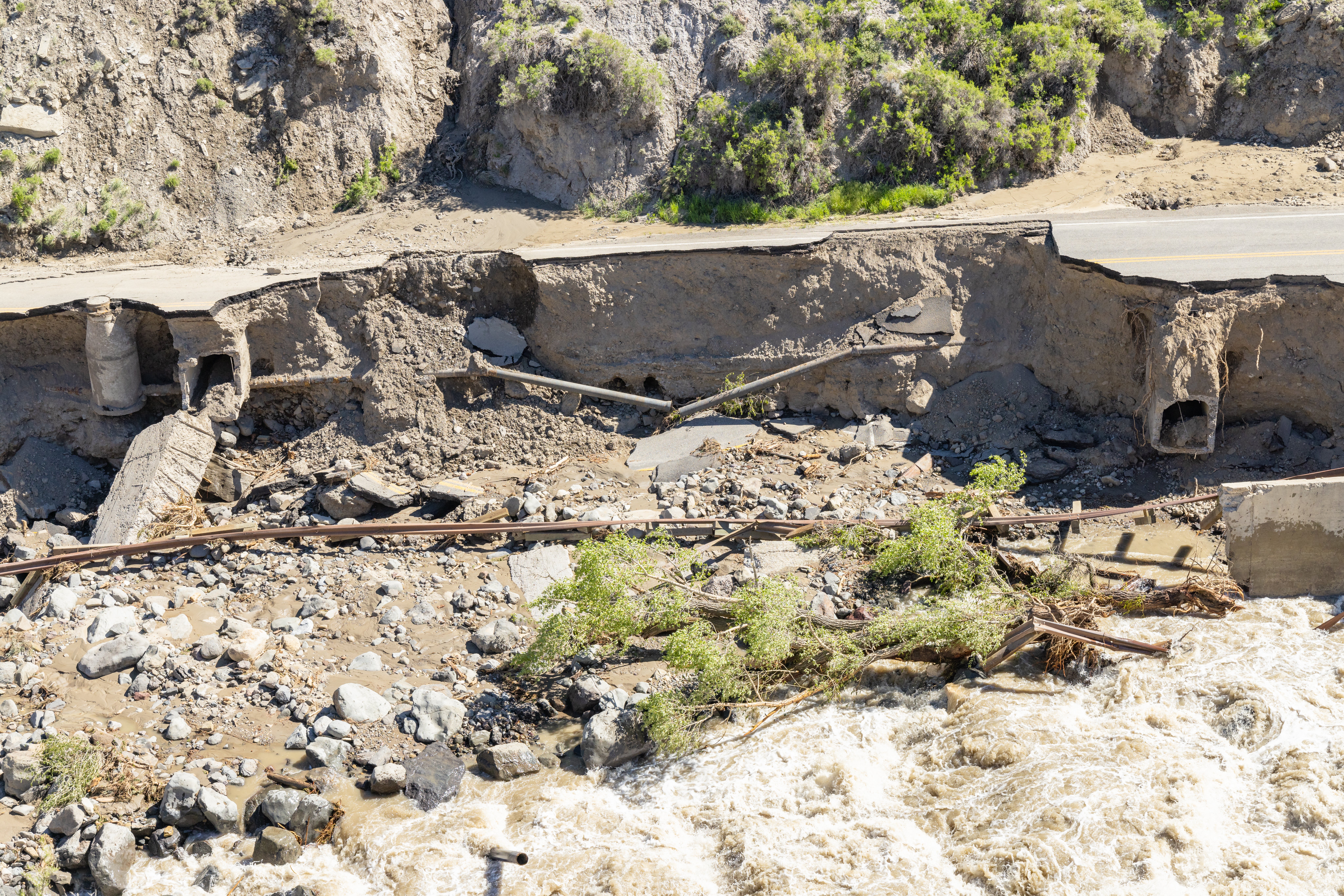
While the relationship between planetary warming and these floods hasn’t yet been examined, extreme weather events like the flooding in Yellowstone are expected to become more common as the climate crisis worsens.
For example, in recent decades, rain in much of the country has been falling more often in “extreme single-day precipitation events,” meaning a lot of rain in a short amount of time, according to the US Environmental Protection Agency.


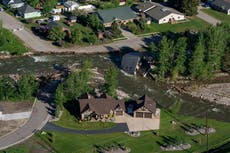
Join our commenting forum
Join thought-provoking conversations, follow other Independent readers and see their replies
Comments